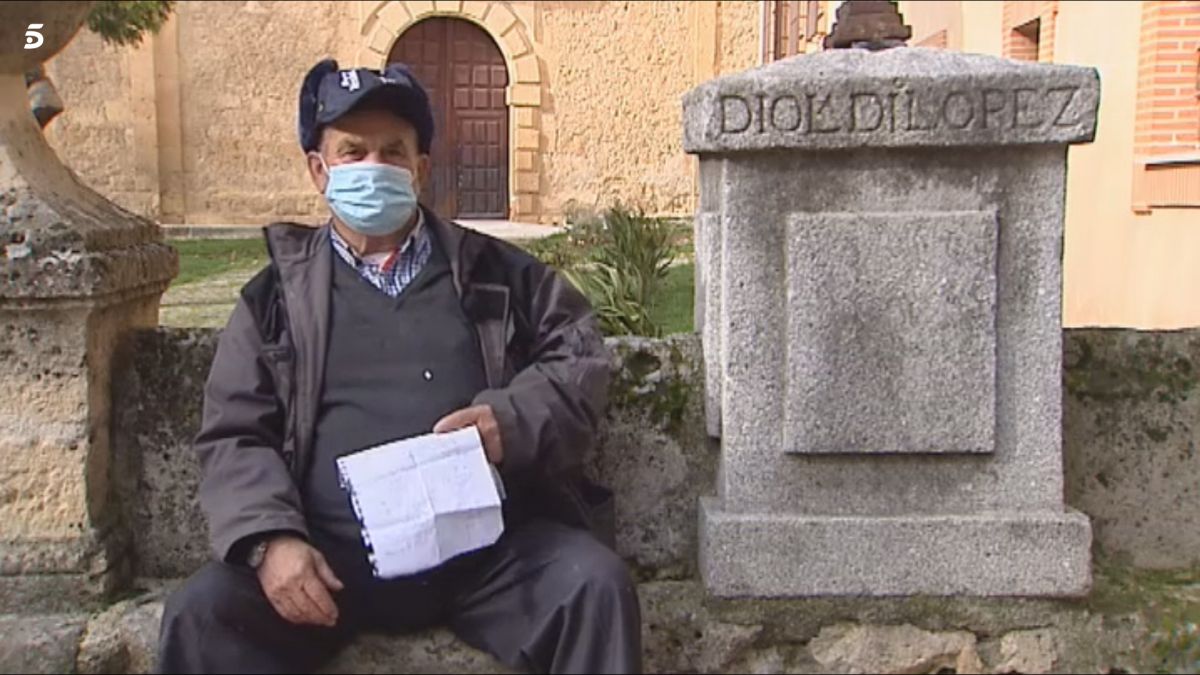The year 2021 began with several communities covered in a thick white blanket that took weeks to completely disappear. And is that the temporary ‘Filomena’ caused a historic snowfall in Spain, the most intense in a 24-hour period since 1971, according to the State Meteorological Agency (AEMET). However, it seems that we will not have to wait another 50 years to see something similar, but only one.
Specifically, It will be on January 24, 2022 when ‘Filomena 2’ arrives, as predicted by Pedro Sanz, a retired pastor who has become famous in the province of Segovia for his accurate weather forecasts through the ‘cabanuelas’. He does not need machines or satellites to know the weather, but to observe nature. The RAE defines this ancestral method of castanets as the “popular calculation based on observation of atmospheric changes in the first 12, 18 or 24 days of January or August, to forecast the weather during each of the months of the same year or the next ”.
So, Pedro analyzes the flight of birds, the fall of leaves or the behavior of animals to make your forecasts and develop the annual weather calendar. “If you lift a stone in August and it is wet, it means that it will rain in May”, has explained in Telecinco. And the truth is that his words must be taken into account, because Pedro already predicted Filomena 1, although with less virulence. He himself acknowledges that, although “none of us are exact”, his predictions are usually true on most occasions.
A “normal” 2021 awaits us
During an interview last month in The Adelantado, Pedro assured that the time of 2021 will not be as changeable as that of this 2020, but that it will be a “normal year, very similar to 2019” and in which there will be “Less water than last year, colder in winter and autumn and two heat waves”, one of them before summer arrives.
With regard to the nearest dates indicated, he assures that we will pass the Carnivals with “Quite cold and some rain”, while mid-month temperatures will rise slightly and the rain will stop. Nevertheless, in March the frost and snow will return in high altitudes, later the spring on the 21st of that month with higher temperatures than usual for the date, but will go down again at the end of the month. Thus, for Easter We wait again for an “unpleasant” time for which we will have to use the umbrella and in some places in the north it will snow.
In mayo there will also be snow in the mountains, but during the last week will invade us preventive heat, which could cause problems in the germination of cereal crops. In fact, he assures that, by the last week of this month, the people of Benidorm will already be able to enjoy a good swim on the beach “at ease”. Then, temperatures will fall again by the beginning of June, raining between the 10th and the 17th, but from San Juan get to the first heat wave, which will run until well into the month of July. In the middle of this month the heat will decrease, which will return with force from 25, with the beginning of the second heat wave.
August it will keep the heat muggy, especially in Seville, where 46 degrees are expected for August 10. However, from the 15th there will be a thermal relief to return the heat “more moderate” at the end of the month. September will start with “Rains and storms” during the first two weeks, with a risk of hail, and the ‘summer of San Miguel’ at the end of the month the summer heat will ease.
The last months of the year, as usual on those dates, will be cold. October starts with low temperatures, although 10 to 20 will be higher, and to San Frutos the snow will be ahead of winter. In November, the rain will star in the first third of the month, with thermal relief between the 10th and the 19th, and for San Andrés the snow will return. In the month of December will do very cold, with snow, fog and rain to the bridge of the Immaculate, but the end of the year will be “soft”, with temperatures that could be around 14 degree.

